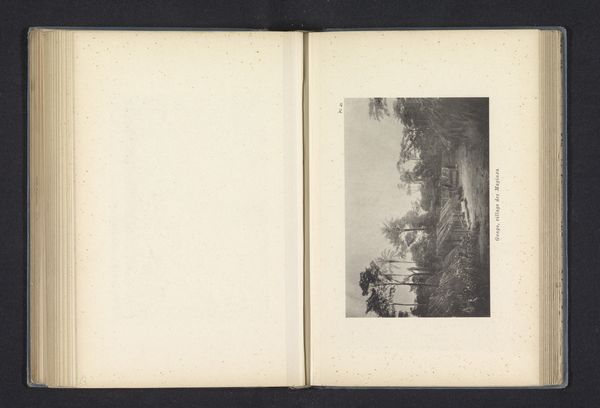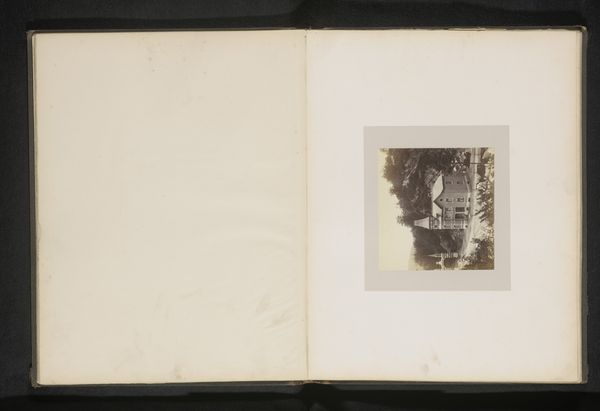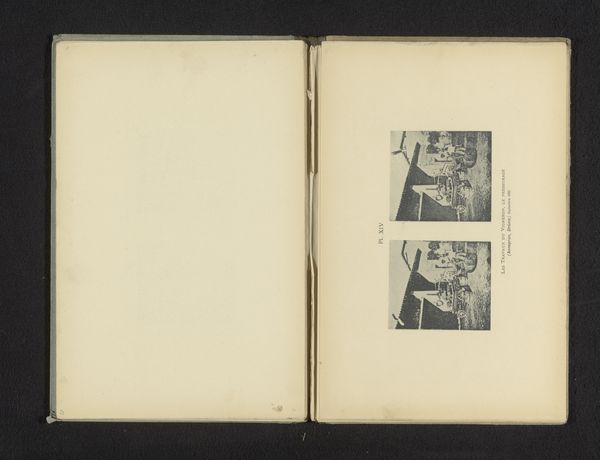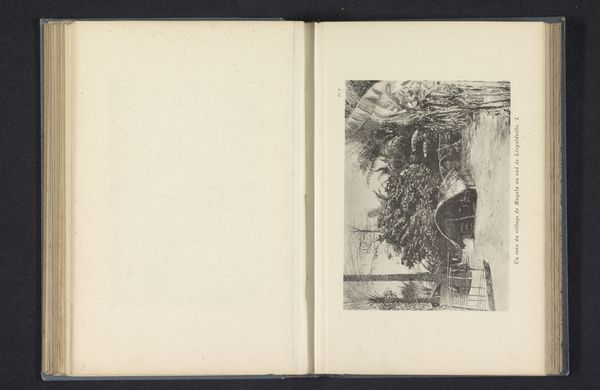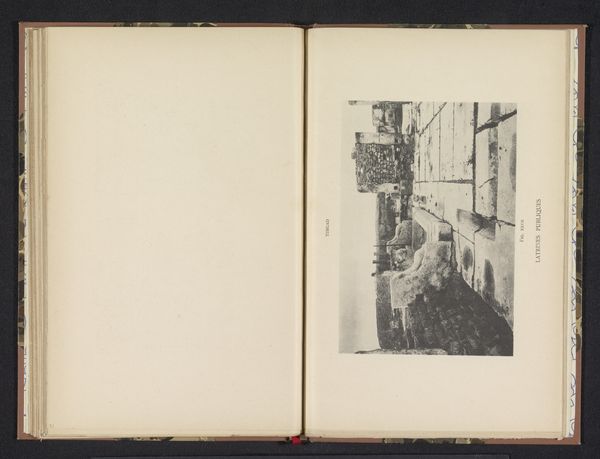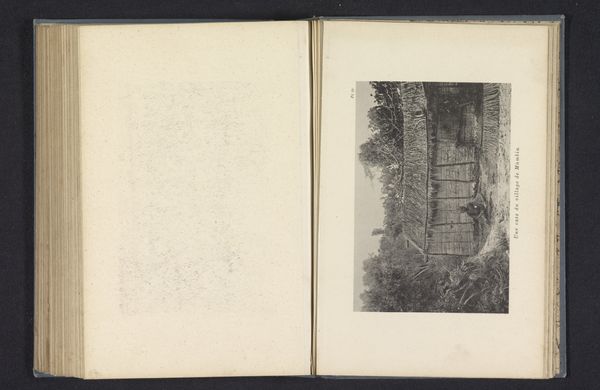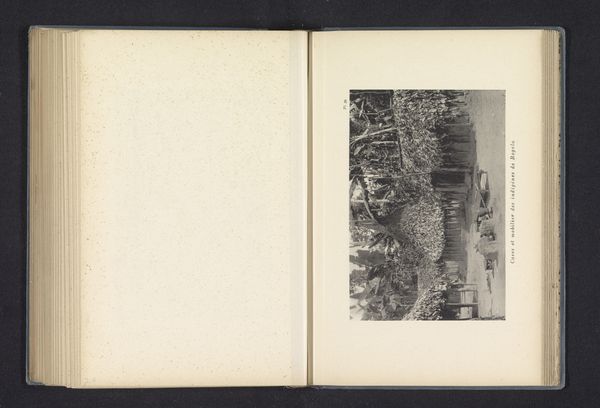
photography, gelatin-silver-print
#
aged paper
#
homemade paper
#
ink paper printed
#
hand drawn type
#
landscape
#
paper texture
#
photography
#
hand-drawn typeface
#
gelatin-silver-print
#
thick font
#
delicate typography
#
realism
#
historical font
#
small font
Dimensions: height 74 mm, width 100 mm
Copyright: Rijks Museum: Open Domain
Curator: Here we have a fascinating gelatin silver print from before 1866 by William Savage. The piece is titled “Gezicht op een pastorie en een begraafplaats in Hursley,” which translates to “View of a parsonage and a cemetery in Hursley.” Editor: The composition is strikingly stark. It appears faded, with almost ghostly tones. The balance between dark and light lends it a rather melancholic air, don’t you think? Curator: It’s a perspective on a very specific socio-religious setting. Savage's choice to depict the parsonage alongside the cemetery is notable, speaking perhaps to the church's pervasive role in the life cycle, from cradle to grave, within this community. Photography at this time was deeply entwined with documenting social structures. Editor: Agreed, and the gelatin silver print amplifies this effect. There's a certain granular quality that lends the scene an ethereal, otherworldly appearance. It seems like an exercise in capturing gradations, making clever use of contrasts of shadow and form. Look how Savage uses shadow and form here! Curator: Indeed. These photographic practices were not simply neutral recordings; they participated in shaping perceptions. The act of photographing a parsonage adjacent to a graveyard arguably reinforces existing social and religious narratives about the structure of life and death. Editor: Yes, and this photo, in all its quiet somberness, seems self-aware, a subtle observation about how communities reckon with time and mortality, rendered elegantly with Savage's keen attention to formal relationships. Curator: Considering photography’s function in the 19th century, Savage might have been subtly critiquing the Church's position by portraying the parsonage with the cemetery. These visual connections underscore complex themes related to societal values and institutions during that period. Editor: Seeing the contrast between the fragility of early photographic materials and the somber subject matter opens a fresh window on these photographic traditions, no? Curator: Absolutely, it's important to understand Savage’s choices to perceive this not just as a depiction of place but as an interpretation of its role in social memory.
Comments
No comments
Be the first to comment and join the conversation on the ultimate creative platform.




